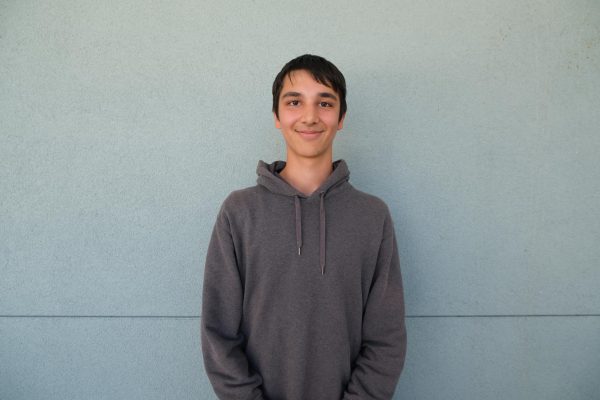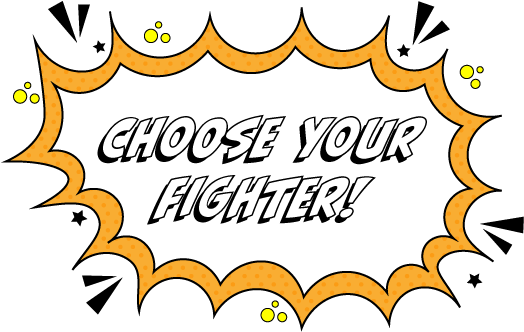Fight club: Student martial artists feel empowered by sport
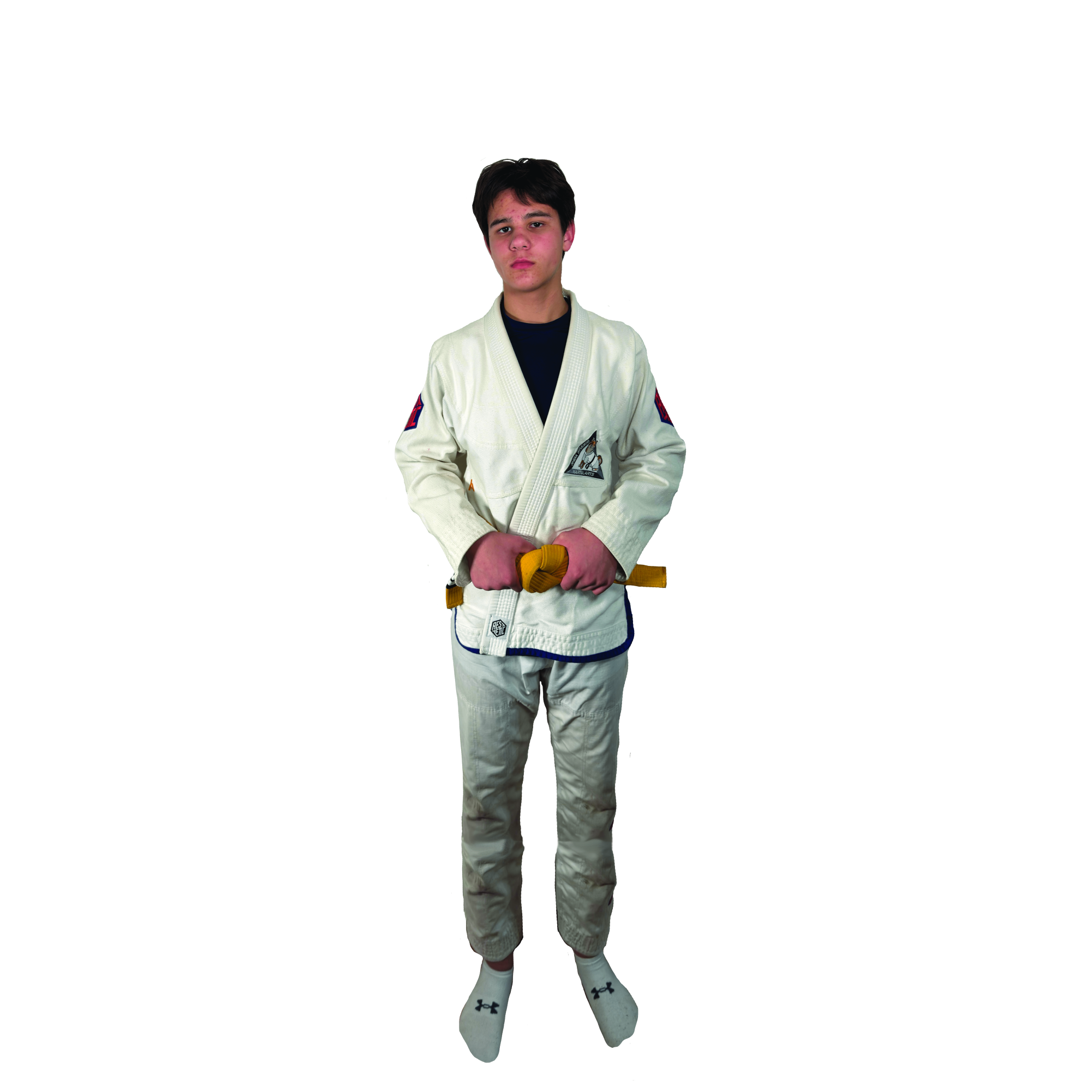
Freshman David Nadberezhnyi started learning Brazilian jiu-jitsu — which emphasizes ground work more than jiu-jitsu — a year ago and has been training persistently since. With the time and effort that he has put into learning BJJ, Nadberezhnyi currently holds a yellow belt at Shiba Fresh Jiu-Jitsu Studio and has become more adept with the strategic thinking the sport requires.
“When I started BJJ, I didn’t even know what it was, but after some time, I got kind of good at it,” he said. “I use my brain and strategy, and I try to see what people are going to do and to think what their next move is.”
BJJ involves repeating various moves, such as the heel hook or the Americana — Nadberezhnyi’s favorite — in which the player bends their opponent’s arm at a 90-degree angle and pushes the shoulder to the ground.
“I’m usually replicating the same thing, not to be perfect, but to get used to it,” he said.
Other than enforcing discipline, Nadberezhnyi’s instructor, along with his fellow peers, creates a supportive and encouraging environment.
“The people who I train with are super nice,” he said. “We support each other, and we correct each other if a person knows and sees (something) the other one doesn’t.”
Going forward, Nadberezhnyi plans to continue improving his skill level and start participating in competitions. With his frequent training and support he receives, Nadberezhnyi has immersed himself into his BJJ community.
“For me, BJJ is a great hobby, and it’s a way for me to spend lots of time with my friends,” he said. “The mat we train on feels like a second home.”

In 2017, sophomore Ryan Panepucci’s uncle introduced him to jiu-jitsu, a self-defense martial art, at Serao Academy. His first time trying out jiu-jitsu didn’t leave a lasting impression, but after his second attempt at it, Panepucci realized that it was the sport for him.
While he was initially inconsistent with his jiu-jitsu training, Panepucci eventually adjusted his lifestyle to prioritize his sport.
“I learned that consistency doesn’t mean I go five times a day and not go for the rest of the week,” he said. “It’s better to go once every day because it’s consistent.”
One of Panepucci’s favorite skills to perform is the Berimbolo, a move from Brazilian jiu-jitsu that entails rolling over, grabbing the opponent’s ankle, flipping them over and grabbing onto their back, or hugging them. After Panepucci saw this technique on Instagram, he wanted to give it a try and asked to practice on his friend at the gym. He soon gained the confidence to perform it in sparring.
“It’s a pretty unexpected move, so I like doing it,” he said.
While Panepucci didn’t originally have much interest in competitions, he still participated because people advised him to do so. Although he, having a white belt, was intimidated by his opponents who had higher rankings, he eventually learned how to stay mentally strong during each match.
“If I have no stripes, I can still beat someone with four stripes,” he said. “(Upset victories) happen a lot, so I learned to not let that get to me and to trust myself.”
Looking forward, Panepucci wants to continue improving his jiu-jitsu skills and focusing on bettering himself.
“I’ve learned to always try and better myself by being better than who I was yesterday, rather than being better than other people,” he said.
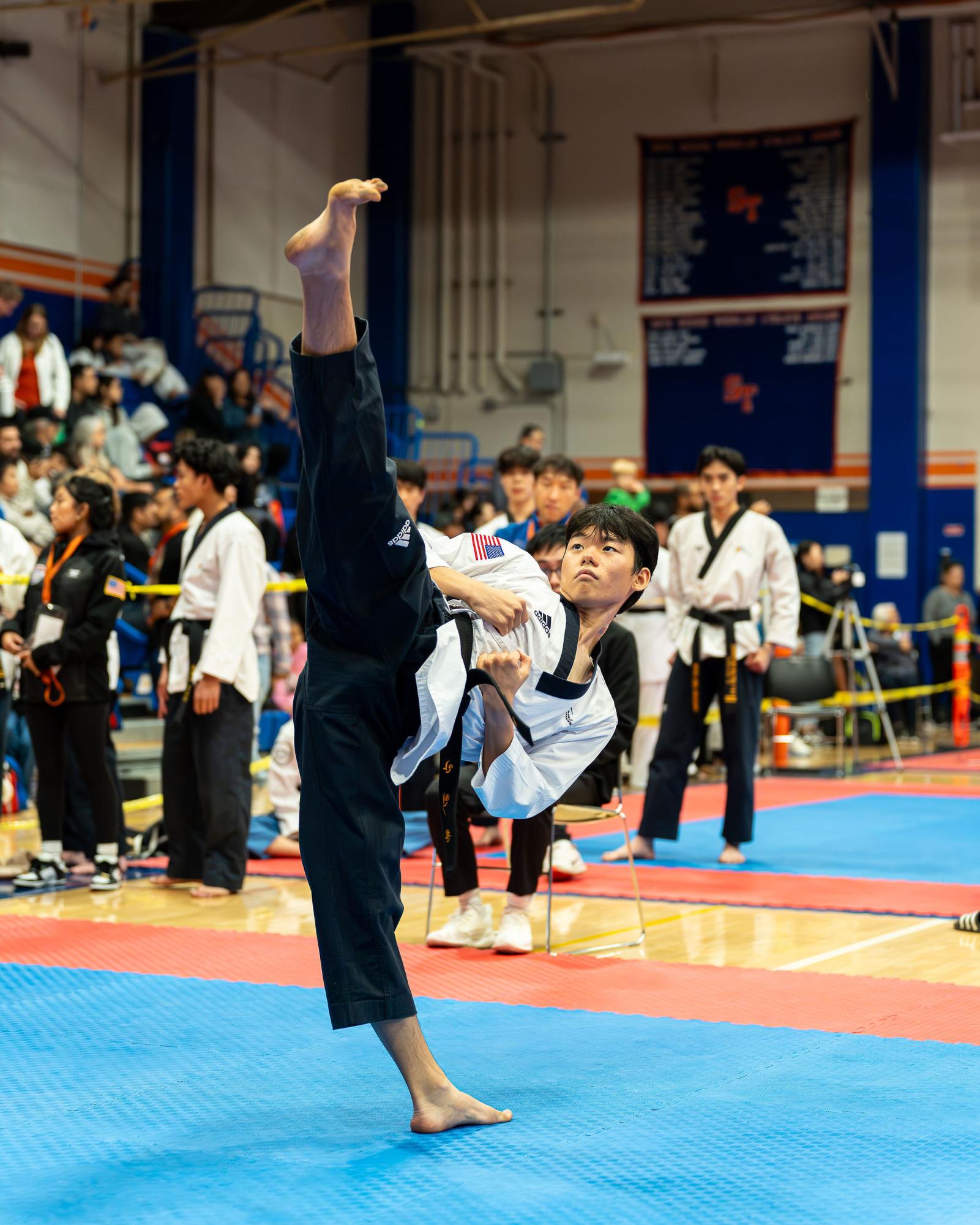
Joining his older brother, junior Hyunchan An began learning taekwondo — a Korean martial art developed in the 1940-50s, influenced by Chinese and Japanese martial arts — when he was 5.
Taekwondo has grown into an integral part of An’s identity. In Korea, An viewed taekwondo more as a hobby, but he began spending over 15 hours a week on the sport after joining his new studio in the U.S., Taekwon Tigers. The studio encouraged him to become involved in competitions.
“Now, I want to do better,” he said. “I want to make sure I get higher rankings, but also just see myself improve as an athlete.”
Instead of sparring, An competes in “poomsae,” a performance of a pattern of taekwondo moves for a score. This focus on form instead of combat gave him a new perspective on the martial art.
“I’m grateful that it’s considered a sport, but it’s also an art with a lot of history,” he said. “Considering that it’s a Korean martial art, it’s a part of my cultural identity and it’s how I communicate with that (part of me).”
According to An, due to the rigid ranking system for the event in the U.S., it is very difficult to surpass competitors with a higher initial ranking. However, he has still managed to climb the ranks.
“(When) I made it to (the national taekwondo junior division) top 10, it felt like I kind of disproved that rigged system and showed that anyone could still make it up there as long as they really invested their time and effort,” An said.
Through taekwondo, An has learned to persevere, focus on making realistic progress and cultivate intrinsic motivation.
“At first, even though I was really bad at it, I just enjoyed it so much that I would do more,” he said. “I would go (to my studio) one to two hours earlier and stay after for another 30 minutes just to do the same thing over and over. It felt like I was doing something that not everyone else would be able to do later in their lives.”
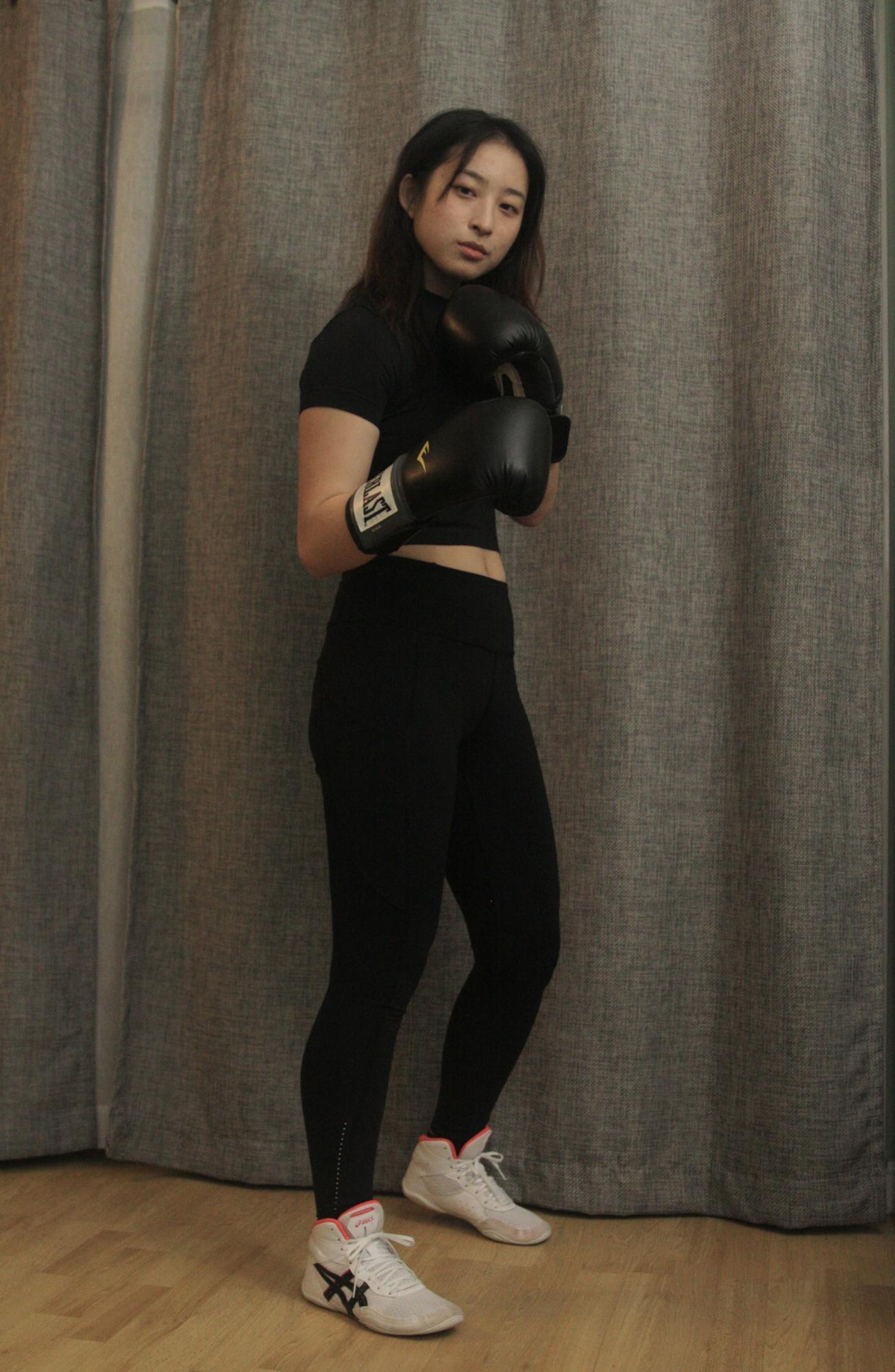
When it comes to martial arts, senior Jaein Chung has been around the block. She currently practices Muay Thai, a Thai martial art, and Jeet Kune Do, a martial art created by Bruce Lee and based on the Chinese Wing Chun.
Chung’s journey began in second grade, when her mother enrolled her in a summer fencing program.
“(My mom) was always just encouraging me to try different things,” Chung said. “I always went to a lot of different summer camps. That was just one of them, and I really liked it.”
Chung then dove into the fencing world, sparring competitively for another five years — until she was ready for something new.
“It was very time consuming and I would have had to miss a lot of school,” Chung wrote to The Oracle. “It was also becoming more competitive as I continued, and I was slowly losing passion … But I always found that martial arts were interesting to me.”
So, Chung joined a kickboxing class. Although her foray into the sport was cut short by the COVID-19 pandemic, she was interested in the technical side of martial arts.
“Kickboxing (was) not very technique-based,” she said. “It was just supposed to be fun, and I enjoyed that, but wanted to actually learn with real techniques and skills.”
Recently, Chung has joined the Tandez Academy of Martial Arts in Mountain View. Tandez Academy teaches a variety of martial arts, including Jeet Kune Do, Muay Thai and others, with a focus on real-life applications, which she appreciates.
“(Tandez Academy) is always thinking about (martial arts) in the perspective of being in actual combat, like a life or death situation,” she said. “It’s empowering.”
Chung realizes that martial arts can seem scary, but she appreciates what she has learned through her career.
“I know it’s kind of scary for some people, but I think it’s cool to be able to know how to protect yourself,” she said.
Your donation will support the student journalists of Henry M. Gunn High School. Your contribution will allow us to purchase equipment and cover our annual website hosting costs.
